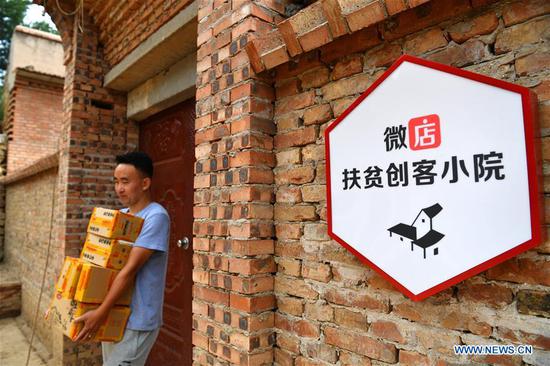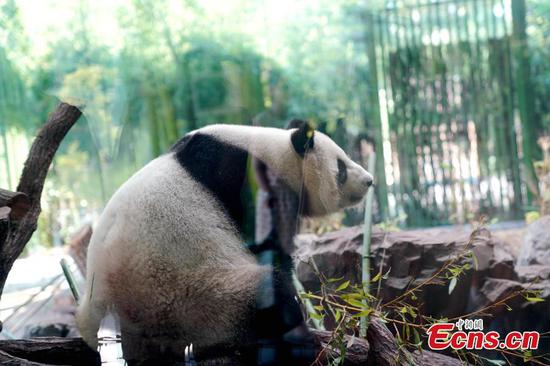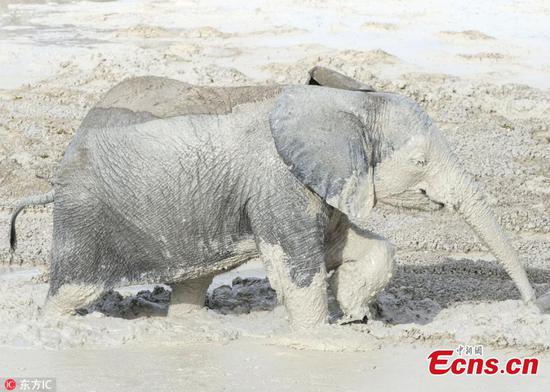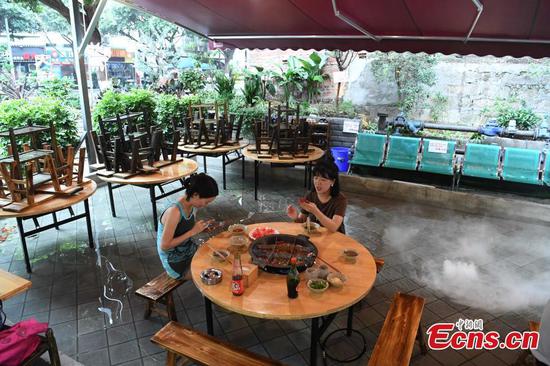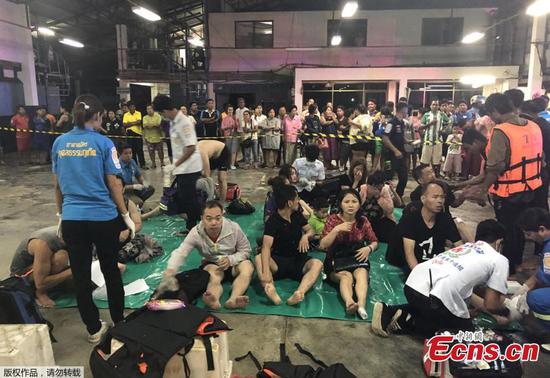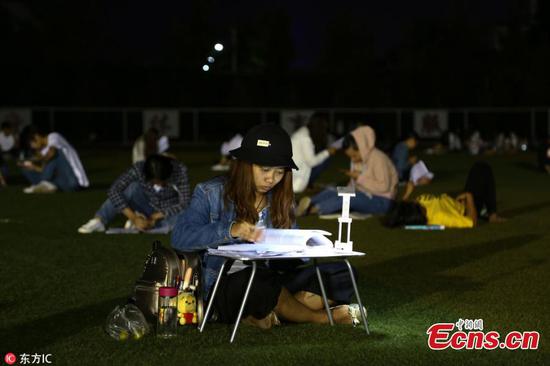People more sensitive to mosquito bites across China are now able to adjust their outdoor activities and take precautions using real-time, publicly available data about the pests' density.
The data - based on an algorithm that uses weather factors crucial to the insects' survival and reproduction, such as temperature and humidity - can be accessed via China Meteorological Administration's mobile website e.weather.com.cn.
The "mosquito forecast", as the new service is called, categorizes the insect's numbers in a given area using a four-tiered warning system - few, normal, many and plentiful - represented by the colors green, yellow, orange and red.
According to the Jiangsu Meteorological Bureau, which collaborated on the forecasting system, the data are updated hourly and describe mosquito swarm densities in the users' neighborhood within a radius of 2.5 kilometers.
Users can also check on national conditions through a thermodynamic chart marked in the four colors, as well as a graph forecasting the situation for the next 72 hours.
Users can comment on the data's accuracy using two buttons - accurate and inaccurate - and the results are displayed.
Mosquito data will be available until the end of September, the bureau said.
China experiences a surge in the number of mosquitoes in summer and early autumn, generally from June to September, due to warm temperatures and humid air. The insects, which multiply fastest in temperatures ranging from 25 C to 30 C in humid environments, can carry infectious diseases such as malaria, filariasis, Japanese B encephalitis and dengue fever. Such diseases have serious health risks and can be fatal.
Beijing launched a mosquito-control campaign in May to cut the risk of infectious diseases such as dengue fever.
Zhou Xiaonong, director of the parasite-borne disease institute of the Chinese Center for Disease Control and Prevention, said factors influencing mosquitoes' prevalence are not limited to weather, so a forecast's accuracy could be compromised when predicting the bugs' population in a small area.
"Hygienic conditions vary greatly from place to place, and poor hygiene - in addition to favorable temperatures and humidity - may also contribute to a mosquito population explosion," he said.
















